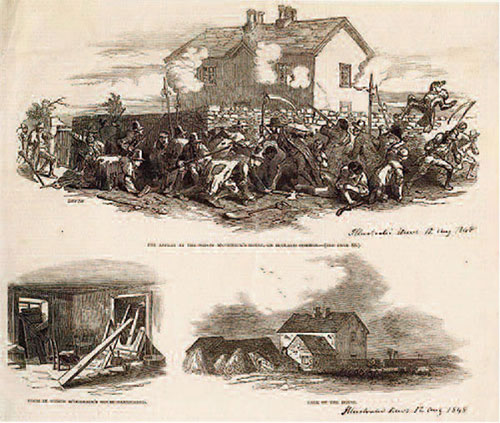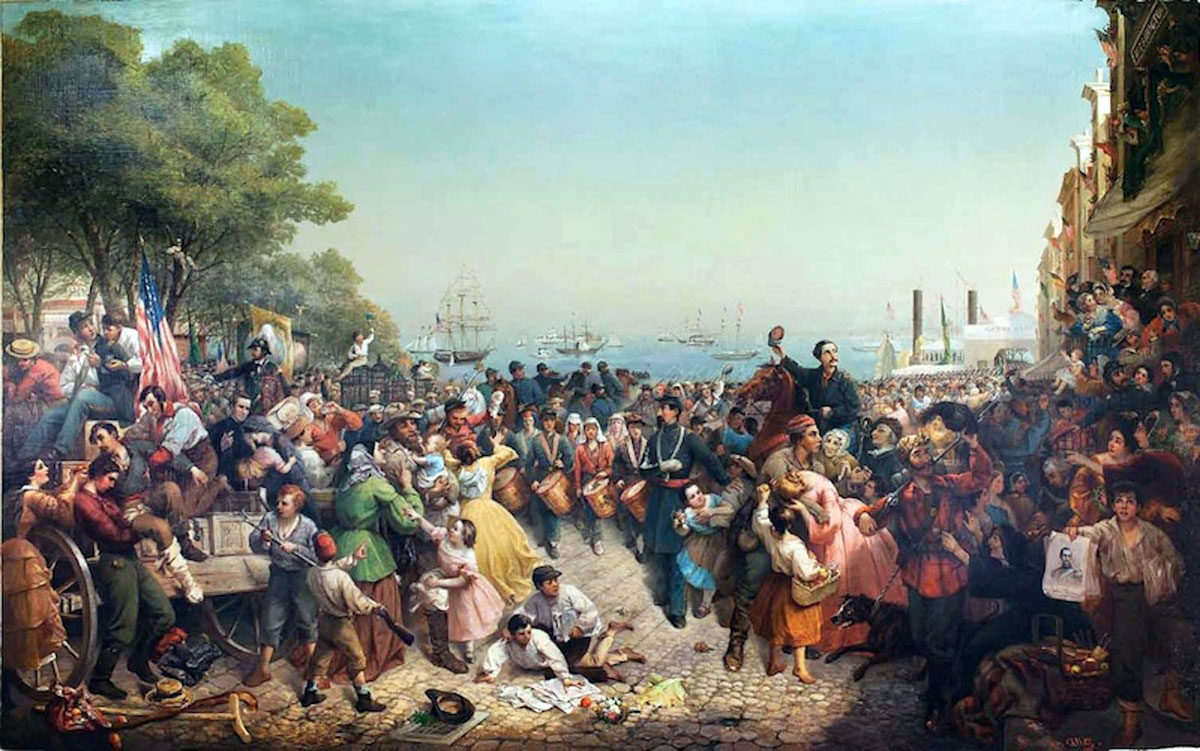Young Ireland
Famine Warhouse 1848
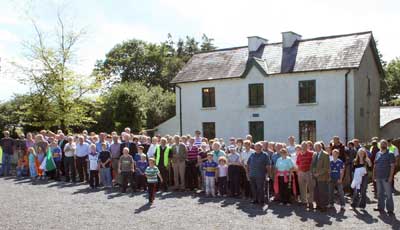 Famine Warhouse 1848 is a national heritage site under the Office of Public Works The Famine 1848 Walk takes place this year on Saturday, 28 July 2007 at 3pm from the 1848 National Flag Monument in the village of The Commons to the Famine Warhouse 1848, a distance of one and a half miles. All are welcome
Famine Warhouse 1848 is a national heritage site under the Office of Public Works The Famine 1848 Walk takes place this year on Saturday, 28 July 2007 at 3pm from the 1848 National Flag Monument in the village of The Commons to the Famine Warhouse 1848, a distance of one and a half miles. All are welcome
OPENING HOURS – 2.30 – 5.30pm Wednesday, Thursday, Friday, Saturday and Sunday between April and September inclusive and from 2 – 4pm every Saturday and Sunday from October to March inclusive. ADM: FREE
At other times it is freely open by appointment, contact the OPW local number 087-9089972 (this number is on the signs at the public road entrance) or from outside Ireland +353 87 9089972. Free Visitors’ Guide leaflets available. The Office of Public Works officially opened the Famine Warhouse 1848 on Wednesday, 21 July 2004 at 3 pm. This was the location of William Smith O’Brien’s Rising in 1848. The house which belonged to the McCormack family has always been known locally as the Warhouse.
The official State name for the house is now ‘Famine Warhouse 1848’. The permanent historical exhibition in the house by the historian Dr Thomas McGrath places the Rising and the history of the Young Irelanders in the context of the Great Famine and 1848 as Europe’s year of Revolutions from France to Hungary. The trial and penal exile of O’Brien, Thomas Francis Meagher and the others in Van Diemen’s Land (Tasmania) and the subsequent escapes of some of them to the United States of America where they became leaders of the Famine Irish in exile are all covered in a wide-ranging exhibition. The official opening was carried out by Mr Tom Parlon, T.D., Minister of State at the Department of Finance with special responsibility for the Office of Public Works.
A Visitors’ Guide to the Famine Warhouse 1848 by Dr Thomas McGrath
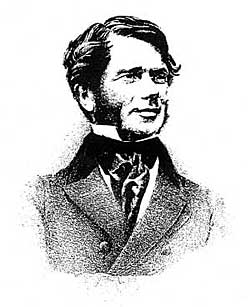 During the Great Famine, 1845-1850, the Warhouse at Ballingarry, Co. Tipperary, was the scene of the principal action of the 1848 Rebellion by the Young Irelanders.
During the Great Famine, 1845-1850, the Warhouse at Ballingarry, Co. Tipperary, was the scene of the principal action of the 1848 Rebellion by the Young Irelanders.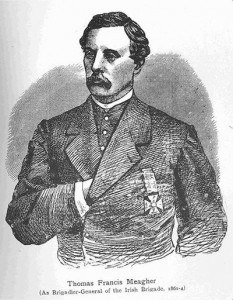 The Young Irelanders were deeply influenced by these events and the success of liberal, romantic nationalism on the European mainland inspired the movement to contemplate revolution in Ireland. O’Brien and Thomas Francis Meagher led a delegation to Paris to congratulate the new French Republic. Meagher returned to Ireland with the tricolour flag (now the national flag) – a symbol of reconciliation between the Orange and Green.
The Young Irelanders were deeply influenced by these events and the success of liberal, romantic nationalism on the European mainland inspired the movement to contemplate revolution in Ireland. O’Brien and Thomas Francis Meagher led a delegation to Paris to congratulate the new French Republic. Meagher returned to Ireland with the tricolour flag (now the national flag) – a symbol of reconciliation between the Orange and Green.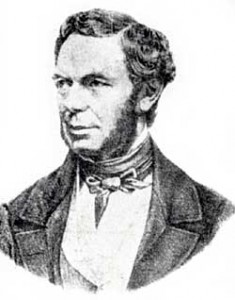 The last great gathering of Young Ireland leaders took place in the village of The Commons on 28 July. On 29 July, O’Brien was in The Commons where barricades had been erected to prevent his arrest. His local supporters – miners, tradesmen and small tenant farmers – awaited the arrival of the military and police. As the police from Callan approached the cross roads before The Commons from Ballingarry they saw barricades in front of them and, thinking discretion the better part of valour, they veered right up the road towards Co. Kilkenny. The rebels followed them across the fields. Sub-Inspector Trant and his forty-six policemen took refuge in a large two-storey farmhouse taking hostage the five young children who were in the house. They barricaded themselves in, pointing their guns from the windows.
The last great gathering of Young Ireland leaders took place in the village of The Commons on 28 July. On 29 July, O’Brien was in The Commons where barricades had been erected to prevent his arrest. His local supporters – miners, tradesmen and small tenant farmers – awaited the arrival of the military and police. As the police from Callan approached the cross roads before The Commons from Ballingarry they saw barricades in front of them and, thinking discretion the better part of valour, they veered right up the road towards Co. Kilkenny. The rebels followed them across the fields. Sub-Inspector Trant and his forty-six policemen took refuge in a large two-storey farmhouse taking hostage the five young children who were in the house. They barricaded themselves in, pointing their guns from the windows.It was now evident that the position of the police was almost impregnable and a Catholic clergyman of the parish, Rev. Philip Fitzgerald, endeavoured to mediate in the interests of peace. When a party of the Cashel police under Sub Inspector Cox were seen arriving over Boulea hill an attempt was made to stop them by the rebels whose ammunition was low but the police continued to advance, firing up the road and it became clear that the police in the house were about to be reinforced and rescued. The rebels then faded away effectively terminating both the era of Young Ireland and Repeal but the consequences of their actions would follow them for many years. The McCormack family emigrated to the USA about 1853. Since that time the McCormack house (which was owned by a number of other families after 1848) has always been known locally as the Warhouse. In 2004 the State decided on ‘Famine Warhouse 1848’ as the official name of the house.
Trial, Tranportation, Exile
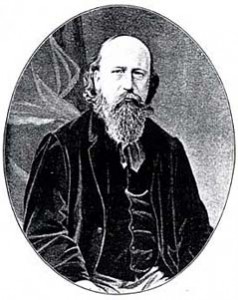 After the failure of the Rising, O’Brien, Thomas Francis Meagher, Terence Bellew MacManus and Patrick O’Donohue were captured and tried for high treason. Juries found them guilty but recommended mercy. Nevertheless they were sentenced to death by hanging, drawing and quartering. They refused to appeal.
After the failure of the Rising, O’Brien, Thomas Francis Meagher, Terence Bellew MacManus and Patrick O’Donohue were captured and tried for high treason. Juries found them guilty but recommended mercy. Nevertheless they were sentenced to death by hanging, drawing and quartering. They refused to appeal.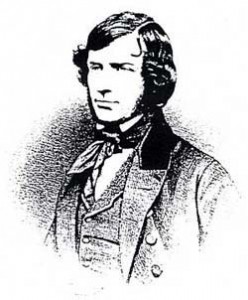 On the other hand, John Mitchel supported the south in the same war. He was later elected Member of Parliament for Co. Tipperary in 1875, the year of his death. MacManus died in San Francisco in 1861 and was accorded a famous funeral in Ireland. Kevin Izod O’Doherty on his release served as a member of the Queensland legislature in Australia and later as an Irish M.P. Charles Gavan Duffy whom the government failed to convict at trial, re-opened the Nation which had been suppressed during the Rebellion, and became an M.P.
On the other hand, John Mitchel supported the south in the same war. He was later elected Member of Parliament for Co. Tipperary in 1875, the year of his death. MacManus died in San Francisco in 1861 and was accorded a famous funeral in Ireland. Kevin Izod O’Doherty on his release served as a member of the Queensland legislature in Australia and later as an Irish M.P. Charles Gavan Duffy whom the government failed to convict at trial, re-opened the Nation which had been suppressed during the Rebellion, and became an M.P.Waterford born Capt Thomas Francis Meagher, who as a member of Young Ireland brought the Tricolour from revolutionary France in July 1848 that would become the flag of Independent Ireland. Col Michael Corcoran, the Ballymote Co. Sligo born commander of the 69th, appears on Lang’s Canvas, as a portrait on a broadside held by a boy in the lower right hand corner of the painting. Fr. Bernard O’Reilly who appears to the left centre of Lange’s painting, attempting to comfort a grief-stricken woman holding a child, doubtless a widow of one of the 41 men from the 69th who were killed at Bull Run. The Irish immigrants who gathered at the southern tip of Manhattan that July day idolised Meagher. “Long life to Captain Meagher, that Irish blood of fame/Who wore the Harp and Shamrock upon the Battle plain/Who said unto his warlike men: Remember Fontenoy!” runs a stanza in Battle of Bull Run, a poem handed out as a broadside ballad on the day. “Then we did retreat, but were not beat at the Battle of Bull Run!” the same poem concludes.

